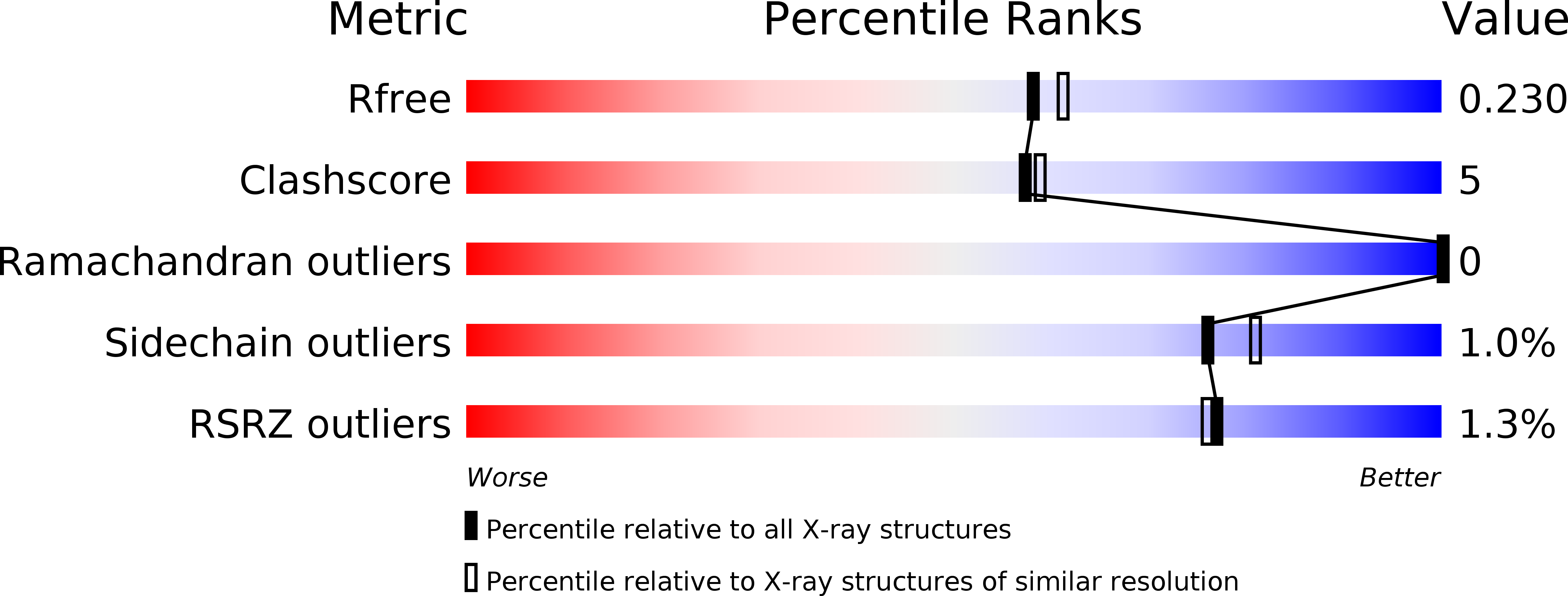
Deposition Date
2019-12-19
Release Date
2020-06-17
Last Version Date
2023-10-11
Entry Detail
PDB ID:
6VBJ
Keywords:
Title:
CRYSTAL STRUCTURE OF THE HYBRID C-TERMINAL DOMAIN OF ENZYME I OF THE BACTERIAL PHOSPHOTRANSFERASE SYSTEM FORMED BY HYBRIDIZING THE SCAFFOLD OF THE THERMOANAEROBACTER TENGCONGENSIS ENZYME WITH THE ACTIVE SITE LOOPS FROM THE ESCHERICHIA COLI ENZYME
Biological Source:
Source Organism:
Host Organism:
Method Details:
Experimental Method:
Resolution:
2.00 Å
R-Value Free:
0.22
R-Value Work:
0.19
R-Value Observed:
0.19
Space Group:
P 21 21 21


